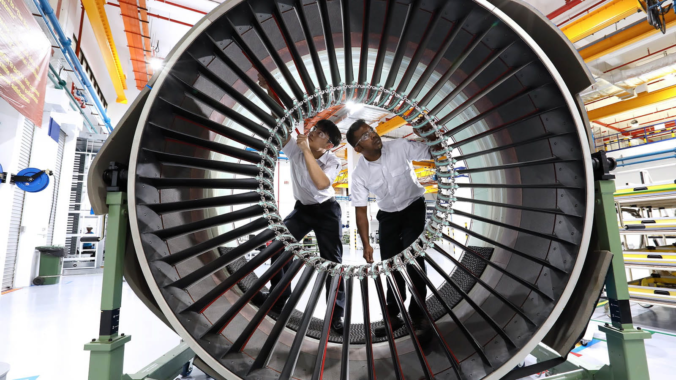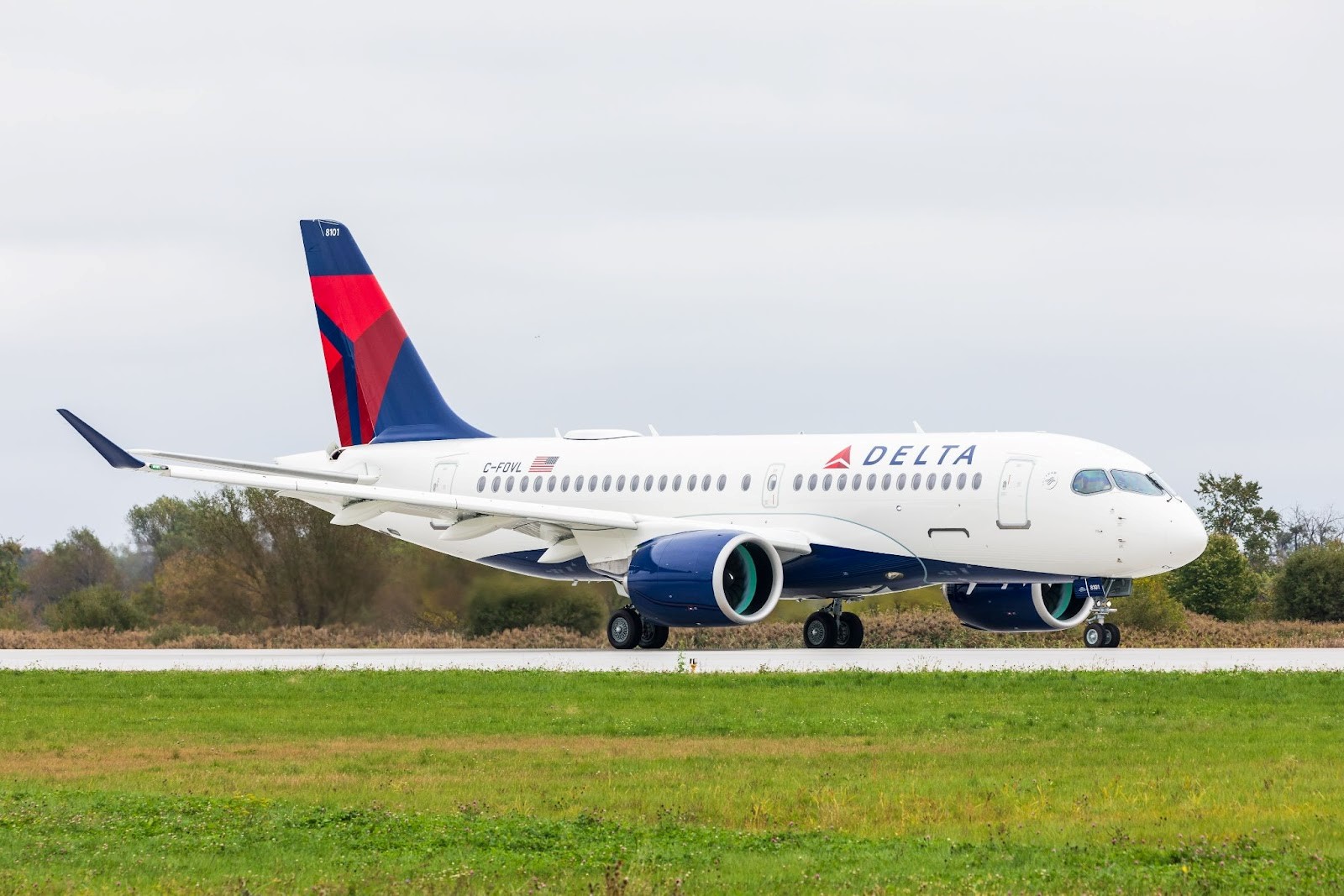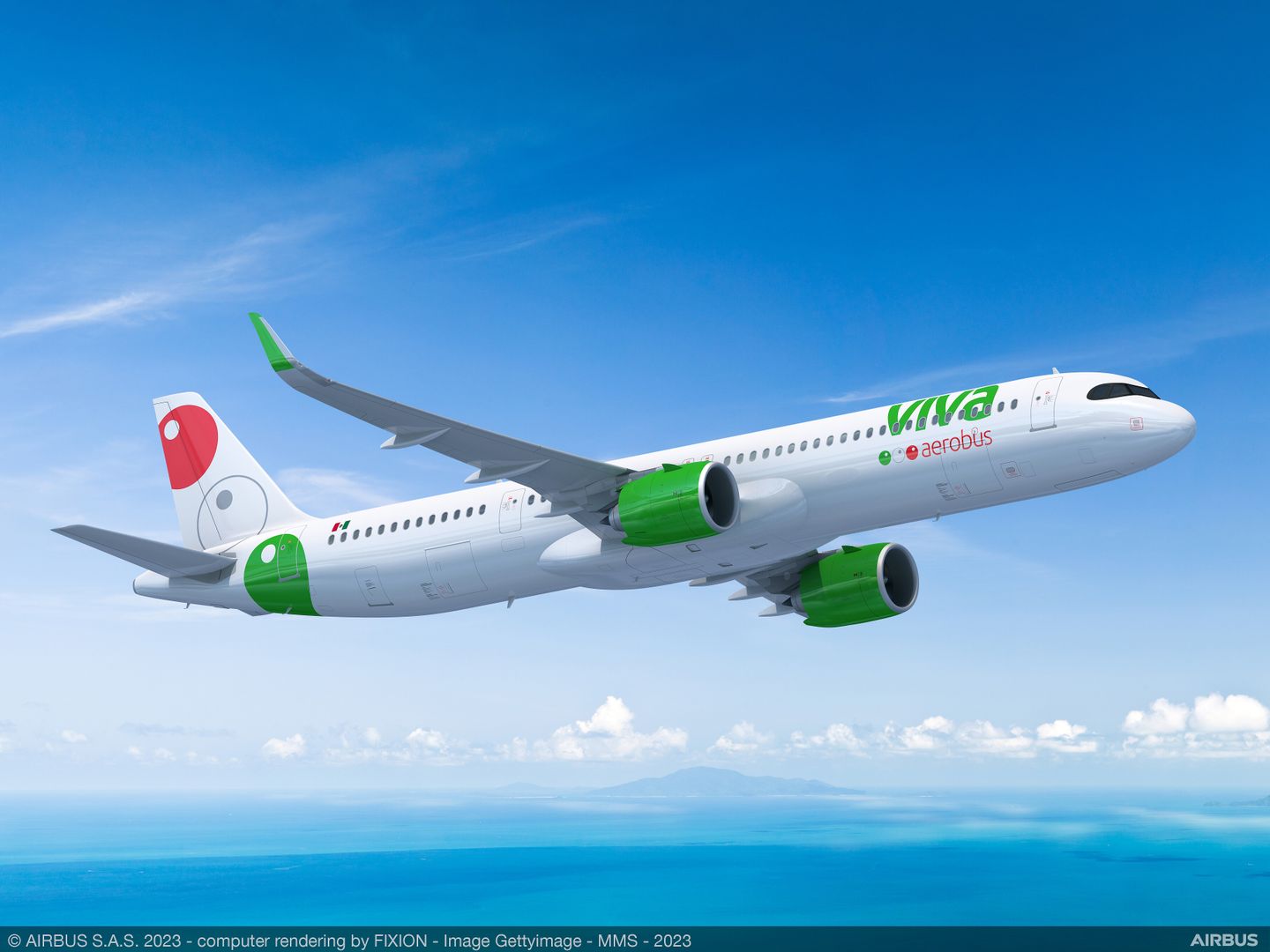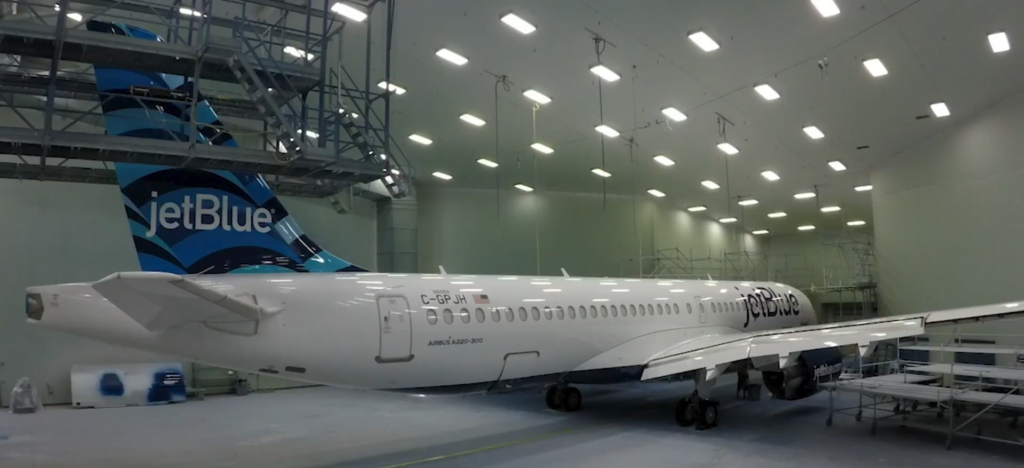Singapore, February 19, 2024, PRNewswire – (Singapore Airshow) Pratt & Whitney, an RTX (NYSE: RTX) business, today announced the official opening of a 48,000 square-foot expansion of its Singapore based engine center, Eagle Services Asia (ESA). The facility will grow its GTF capacity by two-thirds this year.
The transformative technology insertion applied across both ESA sites integrates robotics, automation and machine learning to increase efficiency, lower stress on machine operators and increase safety for key MRO processes.
These innovations include fully automated high-pressure compressor (HPC) rotor stacking, a Receive-in-Check Cobot that augments the work done by human inspectors and a robotic arm to install and remove HPC bearing sleeves.
ESA, a joint venture between SIA Engineering Company and Pratt & Whitney, is a member of the Pratt & Whitney GTF™ MRO network. Since introducing GTF MRO capability in 2019, the facility has already completed over 500 GTF engine overhauls.
Forward-Looking Statements
This press release may contains forward-looking statements within the meaning of the Private Securities Litigation Reform Act of 1995, including expected delivery dates. Such statements are based on current expectations and projections about our future results, prospects and opportunities and are not guarantees of future performance. Such statements will not be updated unless required by law. Actual results and performance may differ materially from those expressed or forecasted in forward-looking statements due to a number of factors, including those discussed in our filings with the Securities and Exchange Commission.






